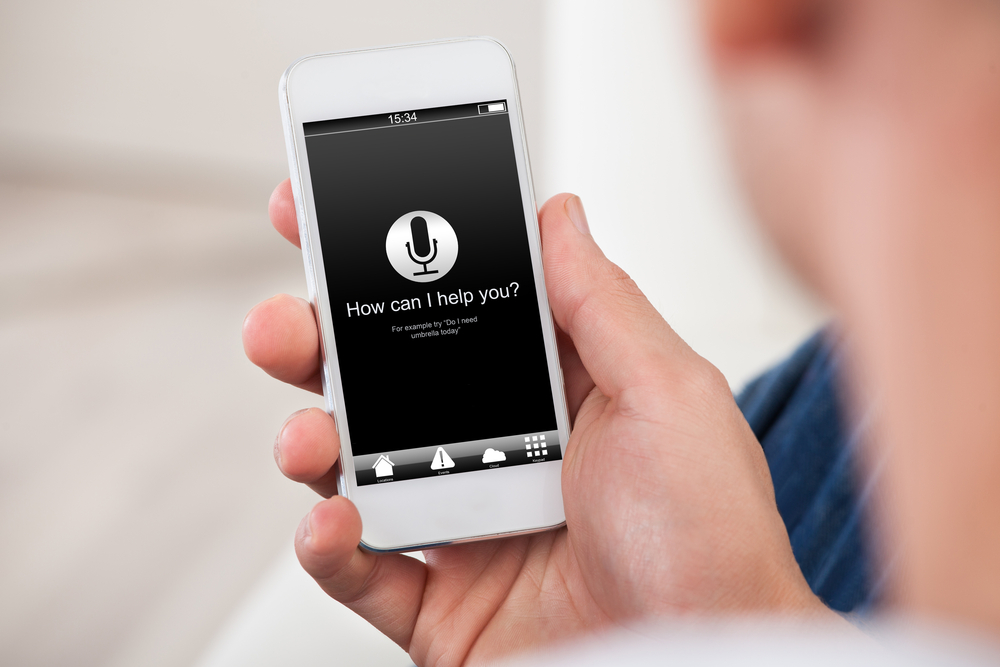How Does Speech Recognition Work

Our experts take a look at answering the popular question, how does speech recognition work? It starts by filtering unnecessary sounds and analyzing the voice of the original speaker. Once that is done it can digitize the spoken words into text form for subsequent editing and final conversion
This technology may seem very simple to operate, right? However, the speech recognition process does not mean that there are no underlying layers under the hood. Think of it as an car. Driving a car seems very simple. We don’t think about the endless intricacies involved in making the transmission system work with the electric system, etc. The same applies to the usage of voice recognition technology as well.
Filtration Analysis & Subsequent Digitization
When you speak to a capable microphone, the speech recognition technology quickly learns the resonance of your voice. This is only possible due to a sophisticated filtration system that will not just enhance your voice but also remove the ambient background noise. As well as other sounds that are typically found in public places. This makes this technology more suitable for use in places like hospitals, business offices, or any other public facility.
Once, the smart device has understood your tone, diction, and speech, it will then decode it into its own language and digitize it on your designated format. This is the finished speech-to-text product that you will be able to read and edit whenever you want.
The integration of these different actions takes place in real-time, but it happens so fast that you barely notice the lag between your spoken words and the final product that appears on the screen of your device.
Speech Recognition Machines
Up until some time back, machines were not able to work properly in noisy environments. Moreover, they were thrown off when faced with different accents and voice tones. Apart from that, most devices required a lot of time to recognize a particular voice. Sometimes, the learning curve lasted for days and mistakes were common.
Luckily, all of that is in the past as both hardware and software have undergone major changes. They are now increasingly oblivious to such mundane things as everyday noise and different modes of speech. Apart from that, the learning curve has also decreased considerably and what used to take days can now be accomplished literally within seconds.
This has made it so much easier to use voice recognition instead of manual transcription and record-keeping in many public offices today.
Final Thoughts
Today, we are seeing an increasingly large number of healthcare organizations shifting to this revolutionary technology to streamline the workload of busy clinicians. One such solution is Dragon Medical One.
